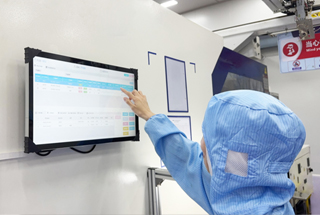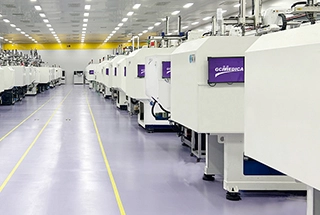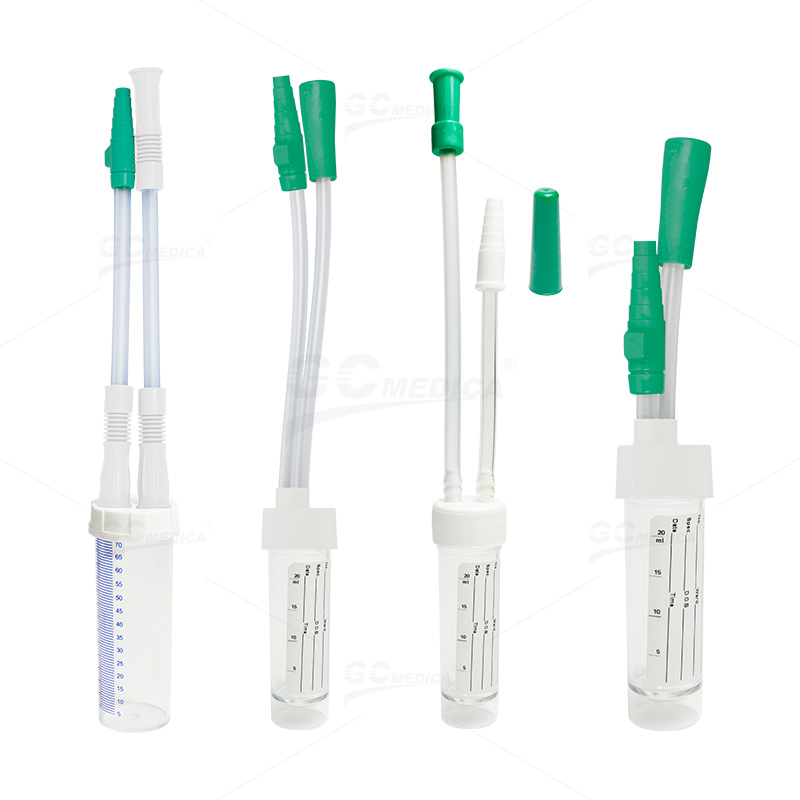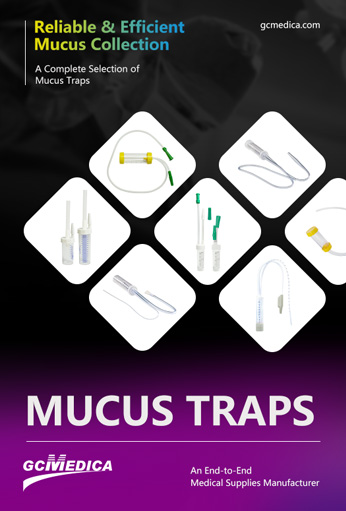In the realm of medical diagnostics, obtaining a precise sample is fundamental for reliable test results. A mucus specimen trap is a specialized device designed to collect mucus from the respiratory tract, ensuring that laboratories receive uncontaminated and high-quality specimens. This comprehensive guide outlines key factors to consider when purchasing a mucus specimen trap to support accurate diagnostics.
| |
| Mucus Specimen Trap 25ml/70ml | |
Understanding the Role of a Mucus Specimen Trap
A mucus specimen trap plays a critical role in capturing respiratory secretions for laboratory analysis. It is primarily used in the evaluation of respiratory infections, chronic lung diseases, and other conditions that require mucus analysis. An effective trap minimizes contamination and preserves the integrity of the sample, ultimately aiding healthcare professionals in making the correct diagnosis.
Types of Mucus Specimen Traps
There are several types of mucus specimen traps available on the market, each designed with specific clinical needs in mind:
Disposable Mucus Traps:
These are designed for single use, ensuring sterility and reducing the risk of cross-contamination between patients. They are particularly useful in high-volume settings or during outbreaks of respiratory infections.Reusable Mucus Traps:
Constructed with durable materials, reusable traps can be sterilized and used repeatedly. While the initial cost may be higher, they offer long-term cost savings and sustainability when properly maintained.Integrated Collection Systems:
Some models come as part of an integrated system that includes tubing and collection containers. These systems streamline the sample collection process and ensure that the sample is securely stored for transport to the laboratory.
Key Factors to Consider When Buying
When selecting a mucus specimen trap, consider the following criteria to ensure you choose a device that meets your needs for accurate diagnostics:
Sterility and Quality Control:
The trap must be made from medical-grade materials that are rigorously tested. Verify that the device meets all relevant medical standards and certifications to ensure patient and operator safety.Ease of Use:
A user-friendly design minimizes the risk of user error during sample collection. Look for traps that offer clear instructions, intuitive assembly, and straightforward disposal or sterilization processes.Compatibility:
Ensure that the trap is compatible with the existing collection systems and laboratory equipment. This is particularly important in settings where integrated systems are used.Cost Considerations:
Compare the cost-per-use between disposable and reusable models. Factor in not only the initial purchase price but also the long-term costs associated with sterilization, maintenance, and potential replacements.Volume of Collection:
Consider the required collection volume based on the patient population and clinical application. Traps that accommodate adequate sample volumes without compromising the sample's integrity are essential.
Tips for an Informed Purchase
Assess Clinical Requirements:
Determine the specific diagnostic needs of your facility. For instance, high-risk clinical areas may require traps that offer enhanced sterility and ease-of-use.Request Detailed Specifications:
When evaluating potential products, ask for detailed technical specifications. Information on material composition, sterility assurance levels, and compatibility with laboratory protocols is crucial.Check Supplier Credentials:
Ensure that suppliers are reputable and comply with local and international medical standards. Reliable customer support and favorable return policies can further inform your decision.Consider User Feedback:
Consult peer reviews and testimonials from other medical professionals. Real-world insights can highlight practical strengths and potential drawbacks of different models.
Conclusion
Selecting the right mucus specimen trap is a vital decision that impacts diagnostic accuracy and patient outcomes. By considering factors such as sterility, ease of use, compatibility, and cost, healthcare facilities can ensure they invest in a device that enhances the quality of respiratory sample collection. An informed purchasing decision not only streamlines laboratory workflows but also plays a crucial role in delivering timely and accurate diagnoses.
| Mucus Traps > |


 Français
Français Español
Español Products
Products

 About Us
About Us















